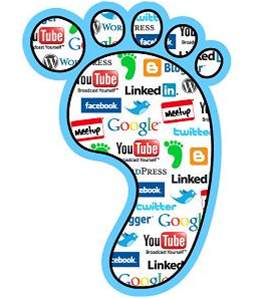As the world of technology continues to advance, there is a greater emphasis on teachers to incorporate blended learning into their daily routines. That is, they are being encouraged to utilize technology in order to enhance students understanding and optimize learning. As schools purchase more technology, this has made our jobs much easier to incorporate blended learning and I have noticed that students are more attentive when it is used.
In the primary and junior divisions, we have seen a great push towards guided math instruction. In this model, students rotate through a variety of stations (which change daily based on the needs of the students) where students are able to work in small groups to develop their learning by completing tasks with the teacher, individually, or virtually with the help of technology. Using programs such as
Mathletics and
Mangahigh, the teacher is able to pre-select the assessments, challenges, or learning tasks that the student must complete which allows teachers to differentiate it based on the individual needs of the student. With Mathletics, the teacher is able to monitor how each student progresses through the work (thus allowing the teacher to hold the students accountable for their work), and they can select specific content which aligns with their curriculum (which for most provinces is already in the Mathletics system). My fiancé utilizes this program throughout her guided math lessons, and finds that by using this program, the students are excited to learn about math- particularly those students who have a learning disability, as the material can be changed and catered to meet their needs or to even challenge those students who are more advanced. The program also can read the questions and information aloud to help those students who may not be fluent in the English language.
We have also seen more teachers using
Schoology,
Blackboard,
Edmodo and
Google Classroom. A good friend of mine uses Google Classroom throughout her Practical and Applied Arts classes, as well as her middle year’s English classes. Through Google Classroom she is able to provide students with all of their assignments online so that if students are absent, they are able to take the initiative and look at what they have missed from any computer. She also utilizes this program to collect students’ work and provide individual formative feedback. For those students that struggle with writing (whether it is due to a disability or a language barrier), this allows students to utilize assistive devices on the computer as they can upload audio files, pictures, or other file types to demonstrate their understanding of the outcome. Rather than having the students write down their answers every time, she is able to have the students record their conversations and submit their audio files or video, thereby allowing her to differentiate her assessments based on the individual needs of the students.
Three Ring is a new software program which teachers have also started to use to incorporate blended learning into their classes. Three Ring allows for students to capture images or videos of their evidence to show exactly what they’ve learned. The students therefore take the initiative to document their progress, and these files, once uploaded, are sent to the teacher who can provide instantaneous feedback and comment on specific sections of their work. Three Ring helps students to develop their self-reflection skills and can be used with students with language barriers, or those with a disability, as they can choose to select any evidence that they feel best demonstrates their understanding. For a student who may not feel comfortable writing about their understanding, they could instead chose to perform a song or a skit.
It is clear that learning is no longer limited to a paper and pencil. By incorporating any of these programs into a classroom, teachers can help to engage students of all backgrounds and abilities in order to optimize student learning.



